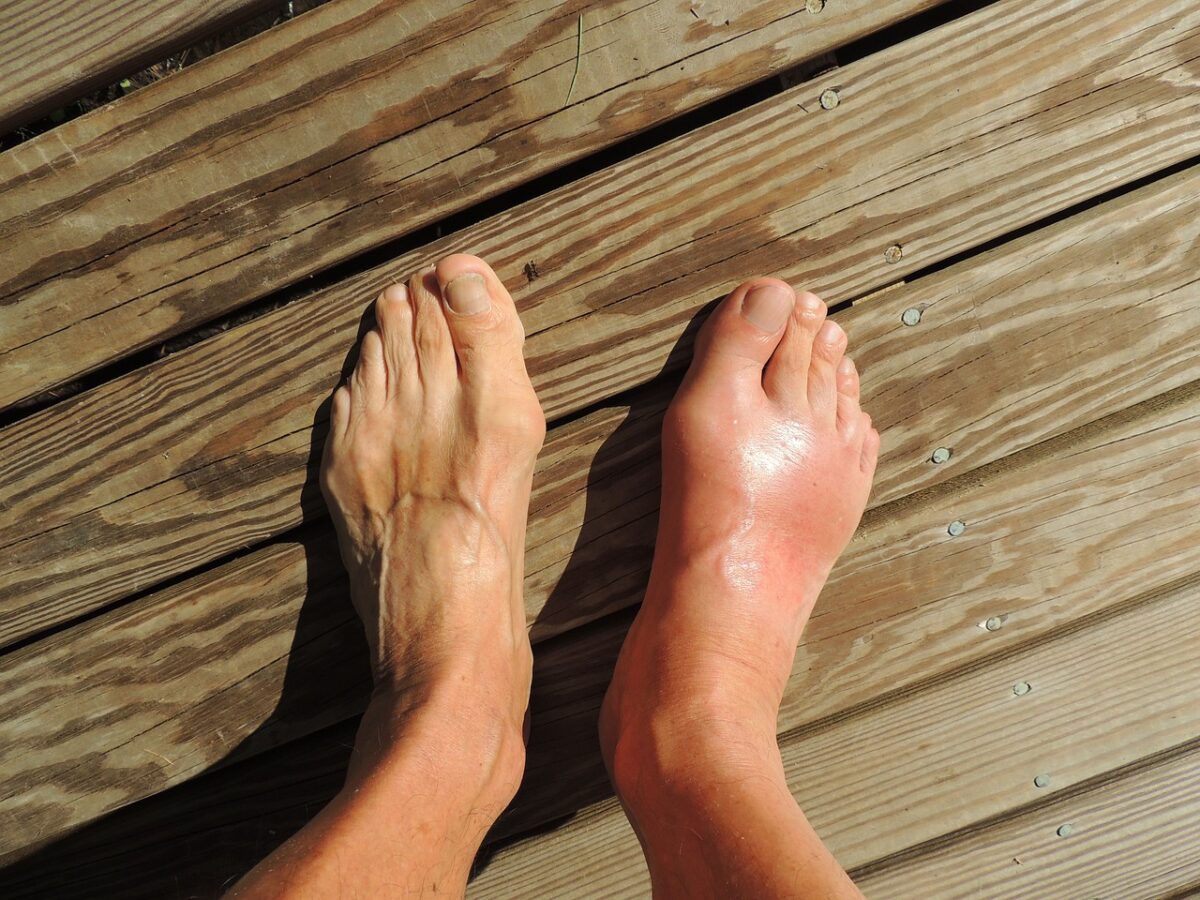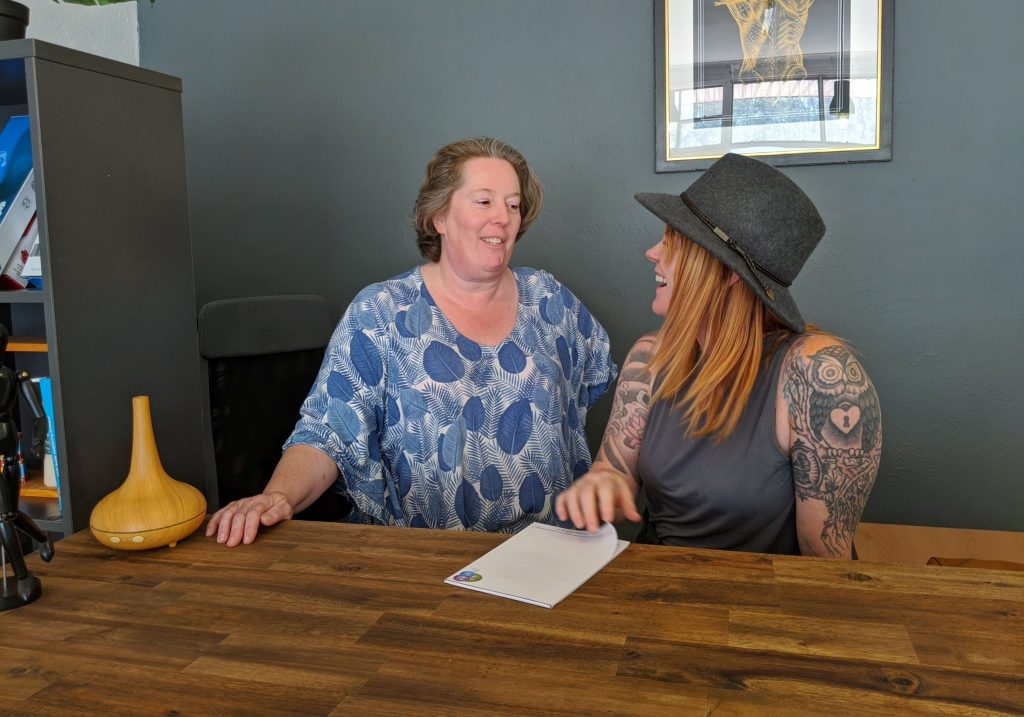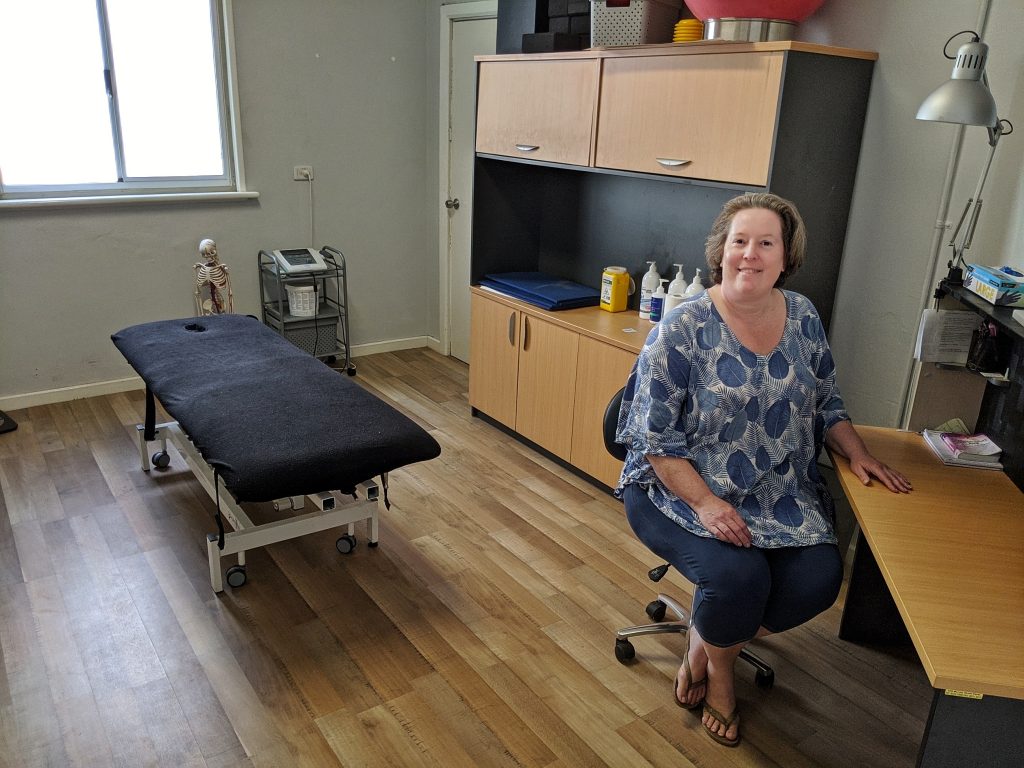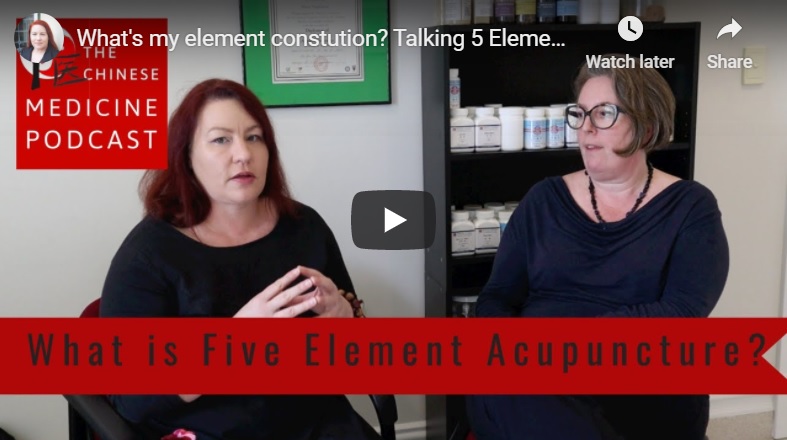Heart disease is not new, although the Covid pandemic seems to have brought cardiac symptoms more to the fore among my patients, including sometimes in younger people.
In rare cases covid vaccinations have caused myocarditis and pericarditis, inflammation of heart tissue and the membrane surrounding the heart, mostly in men under 40. And more generally, Covid itself increases your risks of cardiac problems as diverse as “faster heart rate, atrial fibrillation, blood clots, heart damage due to a lack of oxygen and nutrients, inflammation of the heart muscle and lining, or Takotsubo syndrome (broken heart syndrome)”, according to the British Heart Foundation.
There’s so much research being done into the benefits of acupuncture that it’s hard to keep up with it all, so when I got a query this week about acupuncture for a tachycardia I popped over to Google to see where the research is up to for that, and I was surprised how much I found.
Get your heart checked out
The first thing to say about all this is that if you are concerned that you have cardiac symptoms and you have not yet discussed this with a doctor, please take this area of your health seriously.
Check out this list of red flags for heart disease, and make sure you get any significant symptoms diagnosed and addressed by your doctor promptly.
Research on acupuncture for cardiac arrhythmias
The kind of research that we can talk about with more confidence is when it reaches the level of systematic reviews and meta-analyses. This means not just individual studies, but collective studies of those studies. For some cardiac arrythmias and forms of tachycardia, there have been some encouraging results so far:
“In summary, our meta-analysis demonstrates that clinical efficacy of acupuncture is not less than AAD [Antiarrhythmic Drugs] for PSVT [paroxysmal supraventricular tachycardia]. Furthermore, in sub-group analysis, acupuncture with or without AAD, shows a clear benefit in treating VPB [ventricular premature beat] and ST [sinus tachycardia]. However, more definitive RCTs [randomised controlled trials] are warranted to guide clinical practice.”
A 2017 systematic review of acupuncture for cardiac arrhythmias
“In conclusion … we believe that acupuncture can treat for AF [Atrial Fibrillation], through improving conversion rate, slowing the heart rate, by reducing adverse drug reactions and the time of AF cardioversion to sinus rhythm. It is therefore worthy of clinical application.”
A 2019 systematic evaluation of acupuncture for atrial fibrillation
“In summary, our meta-analysis demonstrated that combining acupuncture with oral Chinese medicine shows a clear benefit in treating arrhythmias and has no increased risk of adverse events. However, RCTs with large-sample sizes and rigorous designs should still be conducted, in addition to the adoption of long-term follow-up results, to help reduce bias.”
A 2023 systematic review comparing traditional Chinese herbal treatment with and without adding acupuncture
Your heart in Chinese medicine
One of the poetic descriptions used in Chinese medicine for the relationships between your body’s organs is of a hierarchy of officials, based on the emperor’s court in ancient China. Your liver is the general, your kidneys administrate your waterways, and so on, but all are in service of your heart, which is the emperor among your organs.
And, as in western tradition, the heart is also the seat of love and human connection, and it houses our Shen, or spirit. If you were wondering about the ‘broken heart syndrome‘ that the British Heart Foundation mentioned, I went to a fascinating talk about this recently, from a researcher studying it, and it’s an amazing example of the connection between the mind and the body. Extreme emotional stress can be enough to cause sudden physical damage to your heart. This mind-body connection (and many others) comes as no surprise to acupuncturists, who have long considered these inter-relationships as core to your health.
Traditional Chinese medical diagnoses for cardiac symptoms have names like Heart Qi Deficiency or Heart Blood Stagnant, often showing quite a sophisticated understanding of the workings of our cardiovascular system, and also acknowledging the anxiety that can accompany physical cardiac symptoms.
Acupuncture for cardiac arrhythmias
If you would like to give acupuncture a try for your cardiac arrythmias, just get in touch.
References
Li Y, Barajas-Martinez H, Li B, Gao Y, Zhang Z, Shang H, Xing Y and Hu D (2017) Comparative Effectiveness of Acupuncture and Antiarrhythmic Drugs for the Prevention of Cardiac Arrhythmias: A Systematic Review and Meta-analysis of Randomized Controlled Trials. Front. Physiol. 8:358. doi: 10.3389/fphys.2017.00358
Fei Y, Fei R, Zhang J, Sun Y, Yu Q. Systematic Evaluation of Efficacy and Safety of Acupuncture Treatment for Patients with Atrial Fibrillation. Open Access Maced J Med Sci. 2019 Jan 26;7(3):461-466. doi: 10.3889/oamjms.2019.036. PMID: 30834020; PMCID: PMC6390133.
Ning, Sisi MSa; Yan, Lei MSa; Li, Yan MDa; Cui, Zhaoqiang MDb,c; Wang, Yun MSa; Shi, Jiawei MSa; Zhao, Yuhong MSa,*. Efficacy of acupuncture combined with oral Chinese medicine in the treatment of arrhythmia: A meta-analysis. Medicine 102(12):p e33174, March 24, 2023. | DOI: 10.1097/MD.0000000000033174
https://www.bhf.org.uk/informationsupport/conditions/cardiomyopathy/takotsubo-cardiomyopathy










